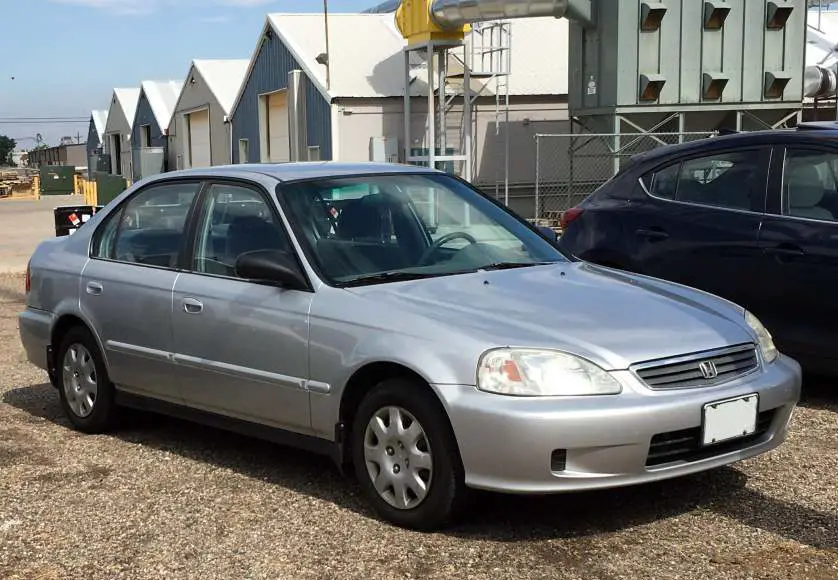If you didn’t already know, Honda’s automatic transmissions built in the late 90’s and early ’00’s sucked. Here’s how to keep them alive well into their high-mileage years with this obvious tip.
This Reddit user at the ol’ Honda watering hole subreddit /r/Honda blessed me with a tip on keeping his Honda automatic transmission alive and well for 200,000 miles and beyond using knowledge that’s quite common sense. What to know what it is? Follow the service schedule. That’s it. No secrets guys.
Want more details? Read on.
Be me browsing /r/Honda to kill some time when I come across a fellow Honda Civic VP sedan owner who goes by the username r-game. He’s got a thread up praising the engineering and value that he’s derived from his 2000 Honda Civic VP. His Honda Civic VP was up to 200K trouble-free miles.
If you didn’t already know, Civic VPs was a special trim level of the Civic Honda throws together from time to time that, for an extra $1,000ish dollars, got you a four-speed automatic, A/C, CD player, power locks, and body-color side moldings. A bargain considering all you got compared if you optioned it out over the base price of a Civic Sedan.
Although you got a sweet deal, Honda owners soon found out that their automatic transmissions weren’t the most robust. If you didn’t follow the service schedule “to the T,” your Honda automatic would basically self-destruct.
According to one knowledgeable bloke over on Honda-tech,
“Honda had a lot of trouble with autos for a long time, in no small part because they engineered their own transmission. And by engineered I mean they used as little technology as possible that would have had to be licensed from other companies. They came up with novel solutions to problems that had already been solved, because using the other company’s solution would have added cost to the final product.
As a result, Honda autos are quite different than autos from any other manufacturer, which is why you should always use OEM fluid and not whatever happens to be on sale at the auto parts store.
The older units have more in common with Honda manual transmissions than anyone else’s automatic transmissions.”
So, I was naturally curious about how this Civic owner got his automatic up to that magical 200K miles number without any transmission problems. Again, like I said, he followed the service schedule.
Here’s what that service schedule looks like for the Honda automatic transmission.
Most people follow the normal service schedule for Honda automatic transmissions with a recommended 90,000 miles between ATF fluid changes but most people don’t drive under normal driving conditions.
Most people SHOULD follow the maintenance schedule for severe conditions. That means trips less than five miles, driving in temperatures above 90 F, and extended periods of stop and go. With more and more people living in urban areas, that’s pretty much how they drive their cars.
My guess is that since most people DON’T follow the maintenance schedule for severe conditions in their Honda’s, that’s where problems with their automatic transmissions show up.
Under the severe driving conditions schedule, ATF is changed every 30,000 miles!
And if you own a late 90’s early ’00’s Honda, you should change your just as often.
Honda’s use a special drain and refill method anyone can do. Check out how to do it thanks to Eric The Car Guy here.
Noteworthy is that you should ONLY use Honda ATF. Since, as mentioned above, Honda engineered this badboy from scratch, using any other fluid is NOT recommneded. Honda ATF usually runs $9 a quart at your local Honda dealership.
In short, change your ATF every 30,000 miles as per the maintenince shcedule under severe conditions, and if you can, do it yourself!



